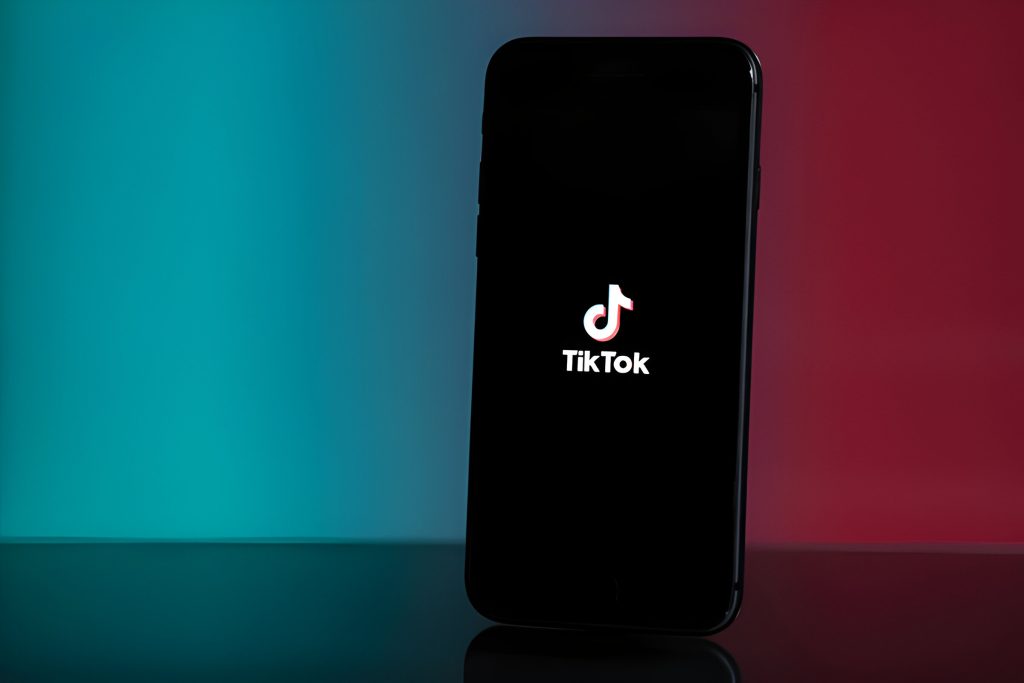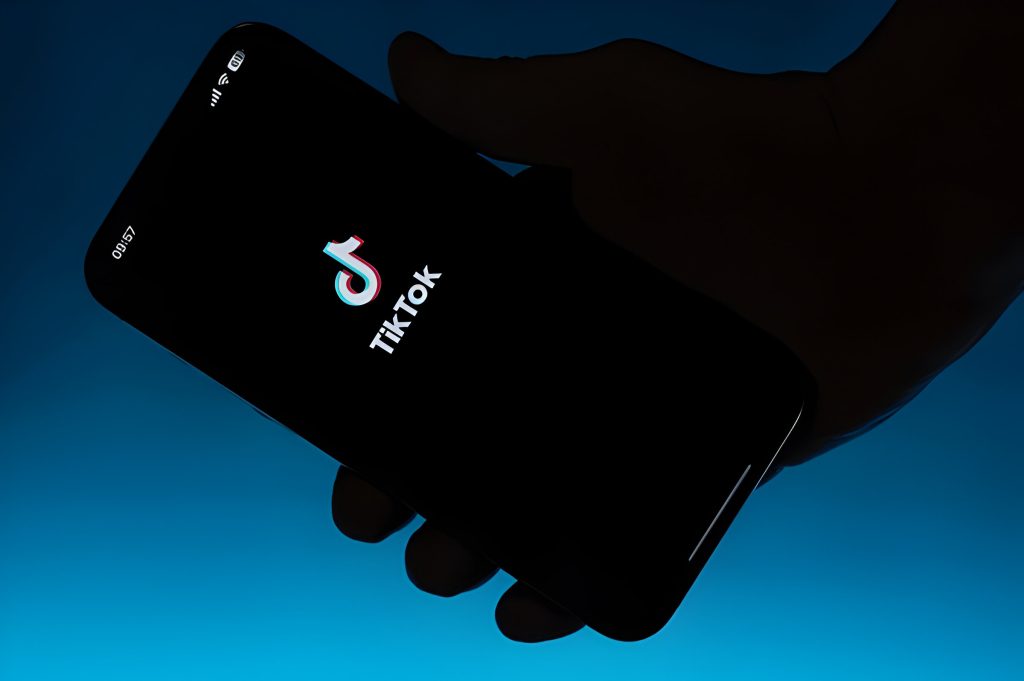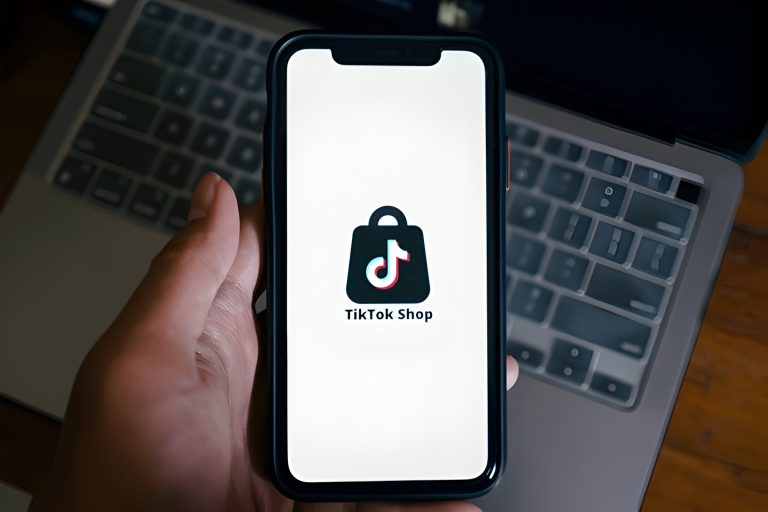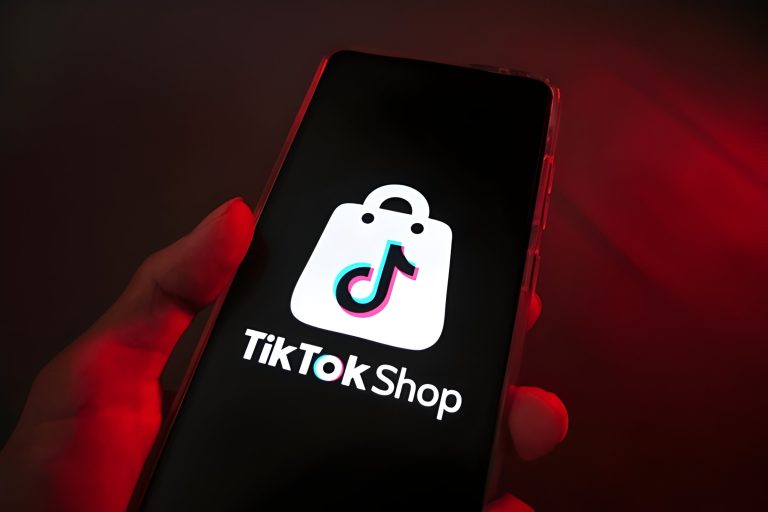In an era where social media dominates, unexpected outages can be frustrating. TikTok, a popular app, occasionally experiences downtime. This article covers common causes like server issues and app glitches, effective troubleshooting steps, and tools for checking the app’s status. Whether you’re a casual user or content creator, understanding these aspects helps you navigate periods of downtime with ease.
Understanding TikTok Outages and Downtime
In recent years, TikTok has become a global sensation, captivating millions of users with its short-form videos and creative content. However, like any other digital platform, TikTok is not immune to technical issues. Users frequently search for answers to questions such as “Is TikTok down?” or “Why is TikTok not working?” Understanding the causes of these outages can help users stay informed and manage their expectations.
A TikTok outage can occur due to several reasons. One common cause is server overload. Given the platform’s massive user base, especially during peak times or viral trends, the servers can become overwhelmed, leading to temporary downtime. Another potential reason could be software updates or maintenance work undertaken by the developers to enhance user experience and security features.
When experiencing an outage, it’s essential for users to check reliable sources for information. Official announcements from TikTok’s social media channels or status pages often provide updates on ongoing issues and expected resolution times. Additionally, websites that track service disruptions across various platforms can offer real-time data on whether a widespread problem exists.
Understanding why these downtimes occur helps users navigate through temporary inconveniences without undue frustration. As with any technology-dependent service, occasional hiccups are inevitable but usually resolved swiftly by dedicated technical teams working behind the scenes.
Common Reasons Why TikTok Might Be Down

There are several common reasons why TikTok might be down, and understanding these can help you troubleshoot or simply wait out the problem.
One of the primary causes is TikTok server issues. Like any other major platform, TikTok relies on a network of servers to handle user requests and data. When these servers experience high traffic or technical problems, it can lead to outages or slow performance across the app.
Another frequent issue is app glitches. These can occur due to bugs in the app itself or compatibility problems with your device’s operating system. Regular updates often address these glitches, but occasionally new updates introduce unforeseen issues that need rapid fixes.
Network problems on your end could also be a culprit. If your internet connection is unstable or slow, it might appear as though TikTok is down when it’s actually a connectivity issue on your side. Checking other apps or websites can help determine if this is the case.
Sometimes, maintenance updates are scheduled by TikTok’s technical team to improve functionality and security. During these periods, parts of the app may be temporarily unavailable while upgrades are implemented.
Lastly, technical errors within the app’s infrastructure can cause disruptions. These errors might stem from coding mistakes or unexpected interactions between different software components that require immediate attention from developers.
How to Check if TikTok is Actually Down or if It’s Just You
Like any online platform, it can experience technical issues. If you find yourself unable to access TikTok, you might wonder if the problem lies with the app itself or your own device. Here are some effective methods to check if TikTok is actually down or if it’s just you.
One of the quickest ways to determine TikTok’s status is by using a tiktok status checker. These tools provide real-time information about the app’s functionality and can alert you to any widespread issues. Websites like Downdetector for TikTok are particularly useful; they collect user reports and display outage maps that highlight affected areas.
Another reliable method involves using outage detection tools. These platforms aggregate data from various sources to give a comprehensive view of any ongoing issues with popular websites and apps, including TikTok. By consulting these tools, you can quickly ascertain whether the problem is isolated or part of a larger issue.
Social media reports on outages also serve as valuable indicators. Platforms like Twitter often have users discussing current problems with services like TikTok in real-time. A quick search using relevant hashtags or keywords can reveal whether others are experiencing similar difficulties.
Troubleshooting Tips When You’re Experiencing Issues with TikTok
Experiencing issues with TikTok can be frustrating, but there are several troubleshooting steps you can take to resolve common problems. First, ensure that your app is up-to-date by checking for any available updates in your smartphone’s app store. Outdated versions of the app may have bugs that have been fixed in newer releases.
Next, consider clearing the cache of the TikTok app. This can often resolve performance issues and is a simple process: go to your phone’s settings, find the TikTok app under ‘Apps’ or ‘Applications’, and select ‘Clear Cache’. If this doesn’t work, try restarting your smartphone as this can refresh system processes that might be affecting TikTok usage.
Another important step is to check your internet connection. A weak or unstable connection can cause videos to load slowly or not at all. Switching between Wi-Fi and mobile data or moving closer to your router may help improve connectivity.
If you’re still encountering problems after these steps, uninstalling and reinstalling the TikTok app might be necessary. This ensures you have a fresh installation without any corrupted files that could be causing issues.
Remember that some issues may not be on your end but could stem from server problems on TikTok’s side. Checking social media platforms like Twitter for any reports of widespread outages can save you time if it turns out to be an issue beyond your control.
The Impact of a TikTok Outage on Users and Content Creators
When TikTok experiences an outage, the impact on both users and content creators can be significant. One of the primary concerns is the effect on engagement rates. During periods of downtime, users are unable to interact with content, leading to a noticeable drop in likes, comments, and shares. This can be particularly detrimental for creators who rely on consistent engagement to grow their audience and maintain visibility within the app’s algorithm.
Content scheduling problems during an outage present another challenge. Many creators plan their posts meticulously to maximize reach and interaction. An unexpected outage disrupts these schedules, forcing creators to either delay their content or post it at less optimal times once the platform is back online. This disruption can lead to missed opportunities for engagement and growth.
User frustration due to outages is also a critical issue. Regular users who turn to TikTok for entertainment or information may find themselves annoyed by their inability to access the app. Prolonged outages can drive users away from the platform temporarily or even permanently if they seek alternative social media channels that offer more reliability.
While TikTok outages are typically resolved quickly, their immediate impact on engagement rates, content scheduling, and user satisfaction underscores the importance of maintaining a stable platform for both users and content creators alike.
What to Do While Waiting for TikTok to Be Back Up and Running
When TikTok experiences downtime, it can be frustrating for both users and creators who rely on the platform for entertainment, content creation, and engagement. However, there are productive ways to spend this time while waiting for service restoration. Here are a few suggestions:
1. Stay Informed: Keep an eye on official alerts about service restoration timescales. TikTok usually provides updates through their social media channels or website, so you can stay informed about when the app will be back up and running.
2. Plan Your Content: Use this downtime to brainstorm and plan your next set of videos. Create a content calendar, jot down ideas, and even script out some of your future posts. This preparation will make it easier to hit the ground running once TikTok is operational again.
3. Engage with Other Platforms: Expand your social media presence by engaging with followers on other platforms like Instagram, Twitter, or YouTube. Cross-promotion can help you maintain visibility and keep your audience engaged.
4. Skill Development: Take this opportunity to learn new skills that could enhance your TikTok content in the future. Whether it’s video editing, graphic design, or better understanding analytics, investing time in skill development can pay off immensely.
5.Network with Other Creators: Use this time to connect with fellow creators through virtual meetups or social media groups dedicated to TikTok enthusiasts and professionals. Networking can lead to collaborations and fresh ideas that might enrich your content strategy.
By staying proactive during these downtimes and keeping an eye on alerts about service restoration timescales for users and creators, you’ll be ready to dive back into creating engaging content as soon as TikTok is back online.



